We first saw the Panasonic Lumix LF1 behind closed doors at a press conference and it got us rather excited. The small size, suitably wide-ranging zoom lens and a built-in electronic viewfinder appeared to be Panasonic's all-in-one - and more budget - answer to Sony's prevailing RX100.
Our quick take
The Panasonic Lumix LF1 sounds like a dream on paper, but its wide-ranging feature set overreaches and, therefore, the camera fails to meet its maximum potential. It's got its heart in the right place, but cramming all this tech into the small body sees it slip away from being the truly high-end compact it could have been. The main stumbling block is the built-in viewfinder which promises much but doesn't deliver in the fashion that we'd like, while the lens' aperture limitations won't suit all.

Panasonic Lumix LF1 review - sample image at ISO 800 (200mm equivalent)
And yet there's still plenty to like. The truly pocketable design and the very fact a viewfinder is included - irrelevant of the quality - may well be enough of a sell for many, while the lens control ring is a great touch. Image quality is also robust enough to match up to the likes of the Nikon Coolpix P330, includes raw file capture and delivers sharp shots at wide-to-medium focal lengths.
Small touches, such as a detailed manual focus control with an approximate digital focus-distance display, also add Brownie points. But these more advanced features feel a little lost in the mixed feature set.
In the end, it's lots of good ideas which combine to remain an overall good idea, it's just not as great as we'd initially thought. There's potential in the concept though, and this looks very fair when considered in comparison with the Sony RX100. Even so, the LF1 still doesn't quite make our hearts thump with excitement.
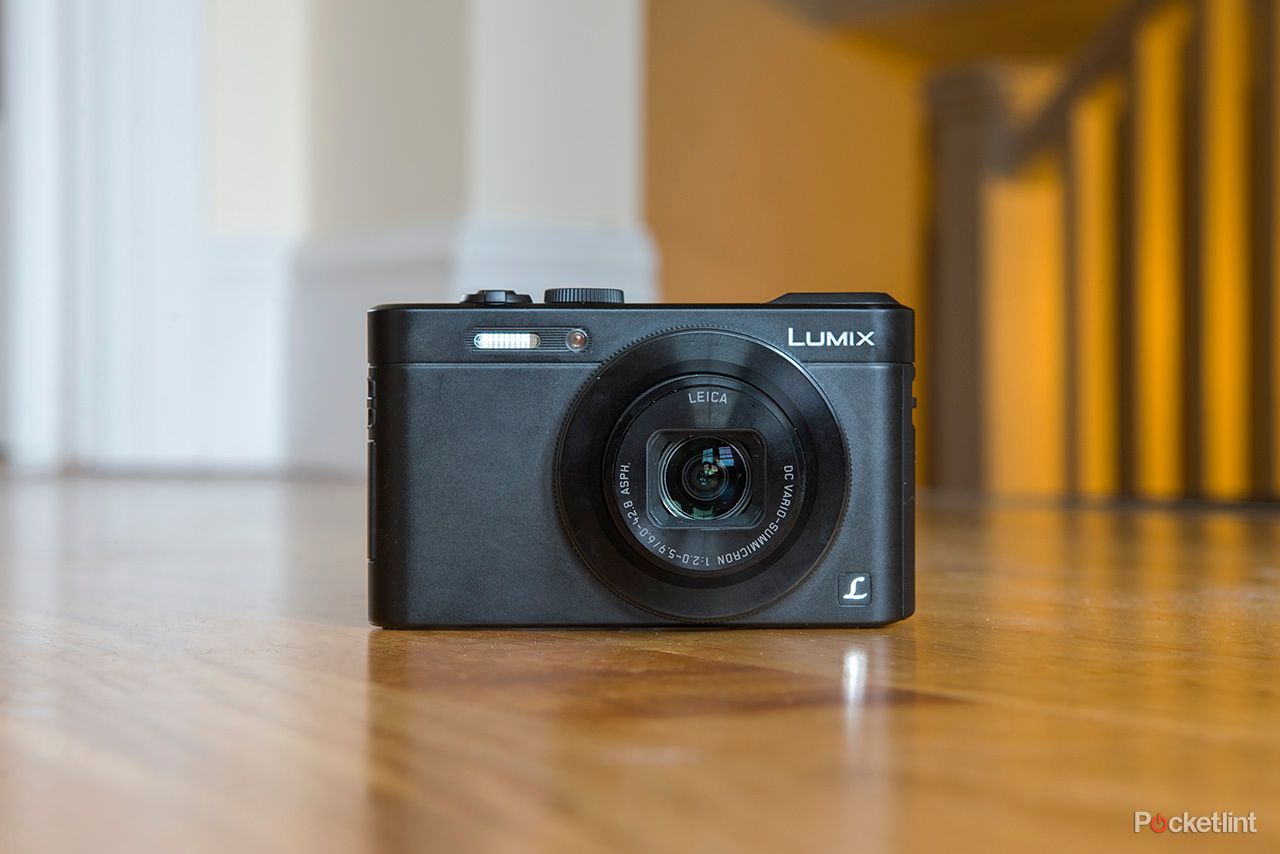
Panasonic Lumix LF1 - 4.0 / 5
| FOR | AGAINST |
|---|---|
|
|
Panasonic Lumix LF1
But there's a lot to ask from this dinky compact. Are its top-billed features pushed too hard within the diminutive size to truly succeed to the standard that the LF1 aspires to achieve? Or is this the must-have compact of the year?
Viewfinder: Great concept, poor execution
It's rare that a compact camera comes with a built-in viewfinder. When we first picked up the LF1 we were excited by its electronic viewfinder (EVF) concept, and initially accepted that within a body of this size - and within the confines of price - that neither a large nor resolute viewfinder was a likelihood.
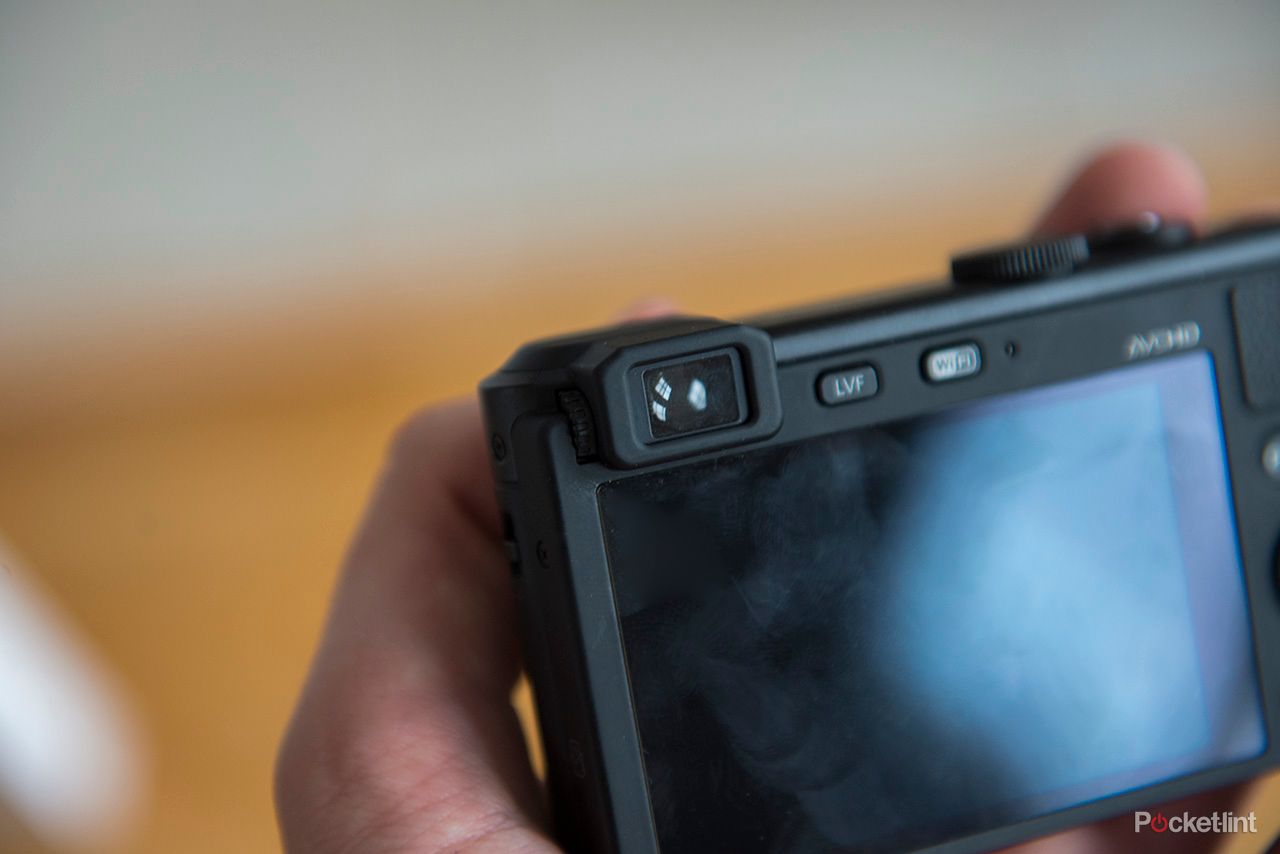
After much use we've reached the conclusion that the concept is right but that the execution isn't. A primary reason to want a viewfinder is for shooting outside in bright light and in such conditions - we were shooting in the mountains - we just didn't feel that the EVF added anything beyond the screen. It's small, looks washed-out and there's not a particularly good seal between eye and finder. Sunlight can still be a problem, the resolution is low, the colour is off - the sample we have is always too blue - and there's ghosting lag even in good light. Not a shining start.
There are few competitors with built-in finders, so we've been fighting with head and heart - there's an argument that it's still a useful feature to have, yet as such a prominent selling point it's ultimately a letdown.
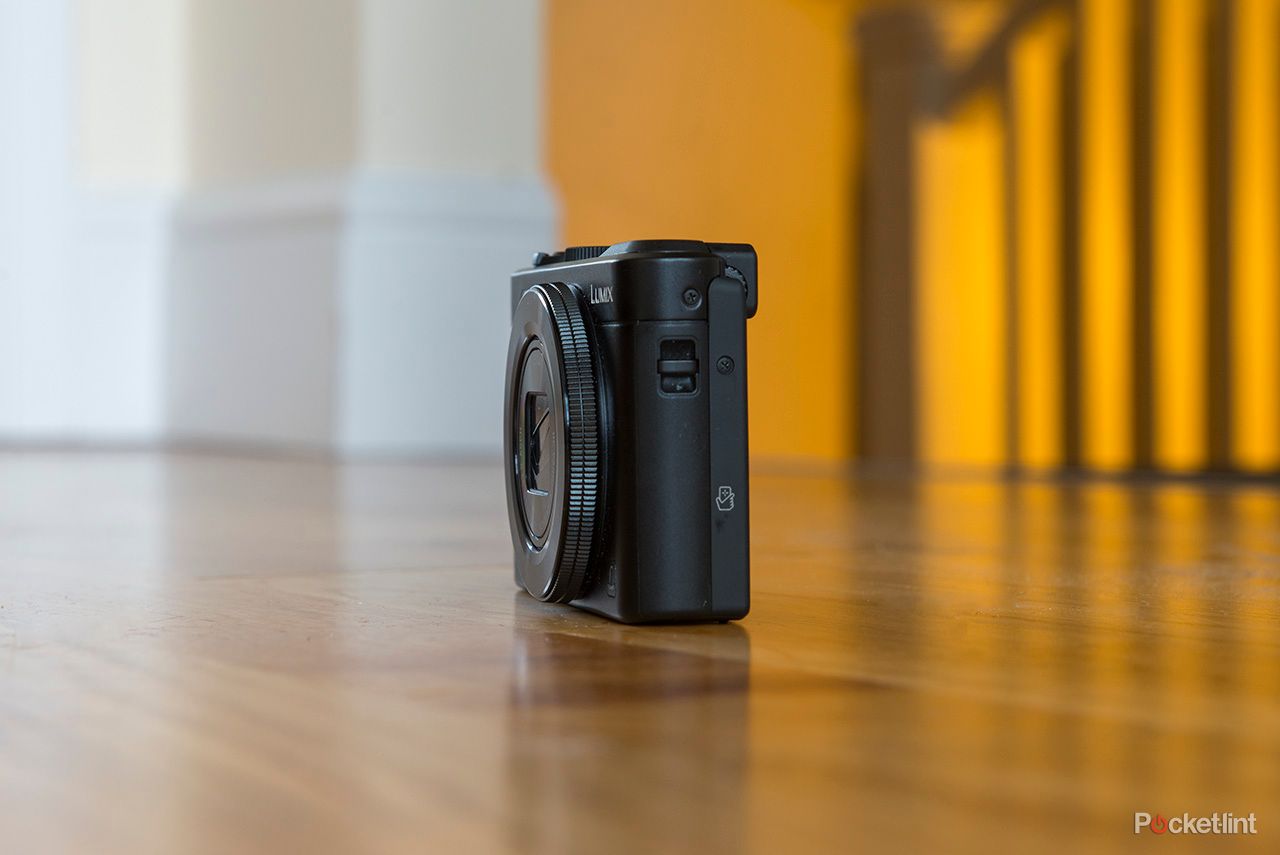
The rear screen is a different story: its 3-inch size and 920k-dot resolution work well and we were able to use it in a variety of conditions without too many problems. There isn't a touchpanel for hands-on control however, which means limitations to the controls and more menu digging compared to the likes of a camera supposedly lower in the hierarchy - something like the Lumix TZ40, for example.
READ: Panasonic Lumix TZ40 review
Speed-wise the LF1 is much the same as its TZ cousin too - but that's a good thing. Quick on the draw, and with speedy autofocus, there's little to moan about in terms of the camera's ability to grab hold of a subject.There might not be the super-fine pinpoint autofocus option of the Panasonic Lumix GF6 and the like, but the single point AF mode - accessible via the delete key which acts as a second function button - can be size-adjusted and repositioned around the majority of the screen in combination use with the Display key and rear d-pad. A touchscreen there may not be, but that doesn't limit the potential when it comes to focus.
READ: Panasonic Lumix GF6 review
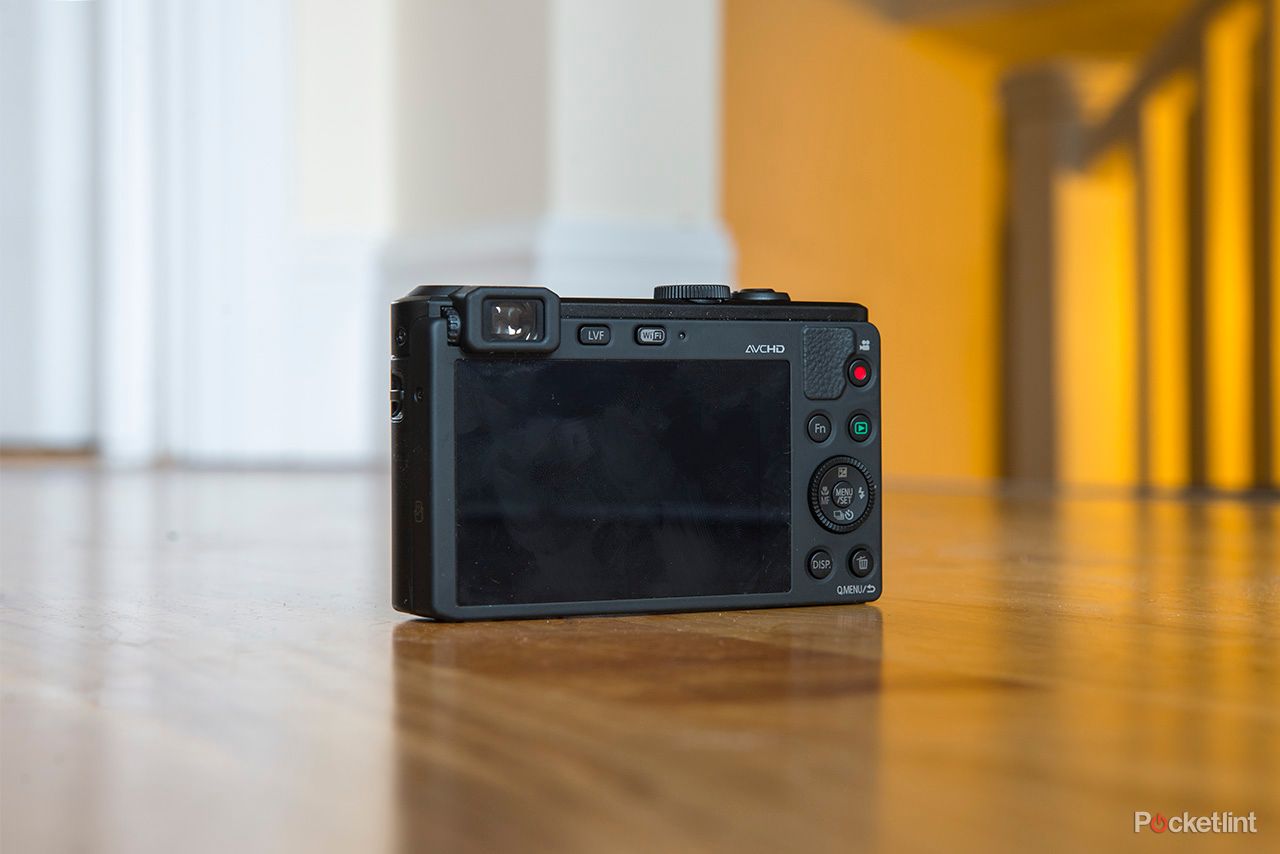
Manual focus also displays an approximate focus-distance scale that updates the in-focus area on a rounded display bar dependent of the focal length, focus point and aperture selected. Manual focus assist will also zoom in to the selected focus point to help with getting finer focus using the lens ring or rear d-pad as the focus control. It works well.
Big features
Elsewhere there are other features that read big on the spec sheet, such as the new lens. With a 28-200mm zoom equivalent at f/2.0-5.9 zoom it's definitely got the range but - and much like the Sony RX100 - it doesn't have the brightest of apertures at the longer focal range. This is the camera's balance between size and features as a wider aperture set would not only be larger it'd be more expensive to produce. Our point of view is that the extra zoom is worth it, but the aperture does quickly take a dive - using the step zoom feature to test it out, the 50mm equivalent maxes out at f/3.3; 90mm at f/4.7; and 135mm at f/5.5. Therefore it can't be called a consistently fast lens.
READ: Sony Cyber-shot RX100 review
That's not a problem by any means, but it shows why the LF1 sits below the LX7, and despite both cameras sharing the same 1/1.7-inch sensor size, the LF1 ups the resolution to 12.1-megapixels. The LF1's lens is directly comparable with the Sony RX100's in terms of brightness, but Panasonic has created a far smaller device overall. Proportion is relevant based on each model's sensor size, of course, but the LF1 is truly pocketable - and that's an important feature.
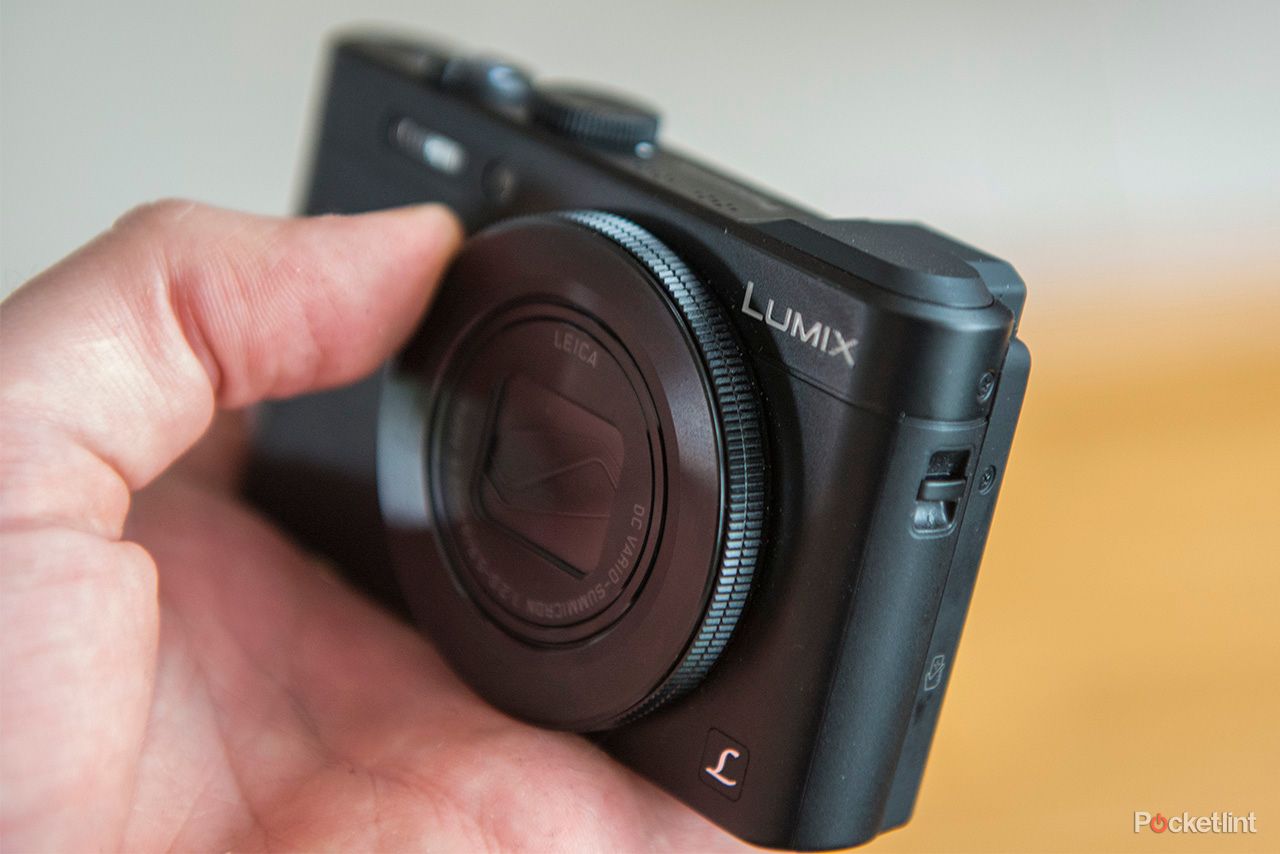
Around the lens is also a control ring that can be set up to its default setting which adjusts automatically depending on shooting mode, or can be manually set to control exposure compensation, aspect ratio, ISO sensitivity, white balance and step zoom. It's a great physical feature to have and we're particularly fond of its click-per-stop feel when adjusting the aperture. Our only moan is that it feels short - stubby even - we'd like a little more reach, even if just by a few millimetres.
Wi-Fi not so hi-fi
Panasonic is also pushing on with its Wi-Fi and NFC features to open up smart device controls and picture-sharing options. That needs to be taken with a pinch of salt, as just like previous Pana models the LF1 has its limitations and you'll need to use your mobile device's network or a Wi-Fi connection to connect. Repetitious password entry between different sharing destinations and a limitation to where photos can be shared - there's no Dropbox, Facebook or Twitter - mean Panasonic's own Lumix Club account is the go-to hub. But we're doubtful users will necessarily want it to be the only hub, and we think there should be more options for the places people already share images.
Panasonic Lumix LF1 review - sample image at ISO 80 - click for full size JPEG crop
Wi-Fi also has an impact on battery life and even as it stands the LF1 isn't the best at lasting out for long periods of use. The small battery claims to cater for 250 shots per charge, but we weren't able to reach this figure - probably due to various other tinkering, and that the camera turns itself on with an accidental press of the Wi-Fi button on the rear which happened a number of times when out of sight in a bag pocket.
Image quality
Despite using the same sensor size as the LX7, the LF1's differences in resolution and its associated lens make for a different set of results that, on account of sharpness, aren't quite as striking as the earlier LX7.
READ: Panasonic Lumix LX7 review
We've definitely been pleased with a number of the LF1's shots, but did find a muted colour palette - which is also softer in JPEG files than the raw counterparts at all ISO sensitivities - to lack pop, while the longer focal length shots weren't always as crisp as the wider-angle snaps. Wind back to the wide-to-middle ground and this is where the sharpness prevails, notably so in well-lit snaps of flowers and forlorn-looking dogs, as shown in our image gallery. That's the ticket.
Photos did often tend to slip towards overexposure in brighter conditions too, with plenty of examples of clouds blowing out the highlights. Exposure compensation will be your friend, and there is some room for post-production exposure adjustment of raw files. Colour-wise we found auto white balance to deliver throughout a variety of scenarios - sunlight, mixed evening light and various fluorescences all being tackled well.
In terms of resolution the LF1 is comparable to the likes of the Nikon Coolpix P330, as are its resulting images. The Panasonic's ISO 80-6400 range can be pushed as far as ISO 12,800 - but we wouldn't recommend it. Instead it's the lower ISO settings where the quality is delivered, even if there is always some degree of processing and image noise to the darker, shadow areas. Results up to ISO 400 are decent, and while there's some colour noise at higher sensitivities, it's hardly a distinct bother at ISO 1600, which is where we feel that's where the ceiling lies.
The LF1's images can't claim to be best in class because of the various blips outlined above, but it's raw capture that keeps the camera in the game thanks to delivering the utmost in detail. Overall quality is good, despite maximum aperture and some optical limitations, including subtle chromatic aberrations as purple fringes towards image edges, hold the camera back from greater things.
READ: Nikon Coolpix P330 review
Panasonic Lumix LF1
To recap
The LF1's small size, lens control ring and electronic viewfinder make it an attractive concept. But the viewfinder fails to deliver, battery life is limited, as is the 28-200mm lens' maximum aperture and, at longer focal lengths, sharpness. It's a mix of good and bad and much the same can be said about the LF1's images. Overall there's plenty to like, but the LF1 overreaches and, therefore, fails to match up to its potential.



